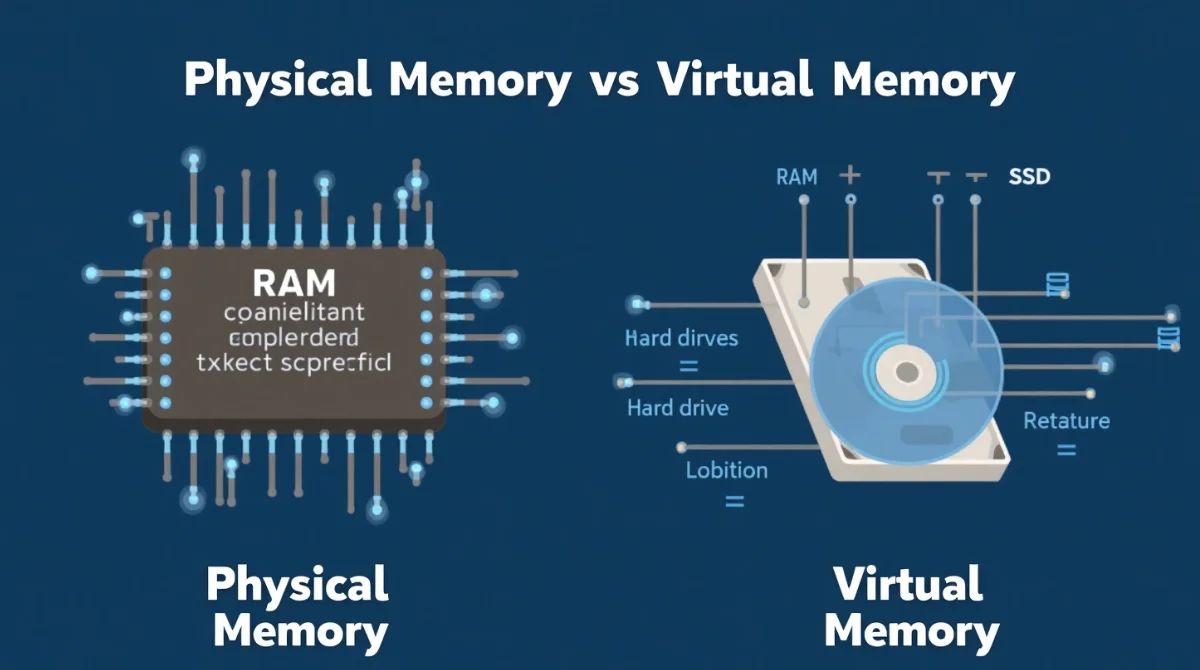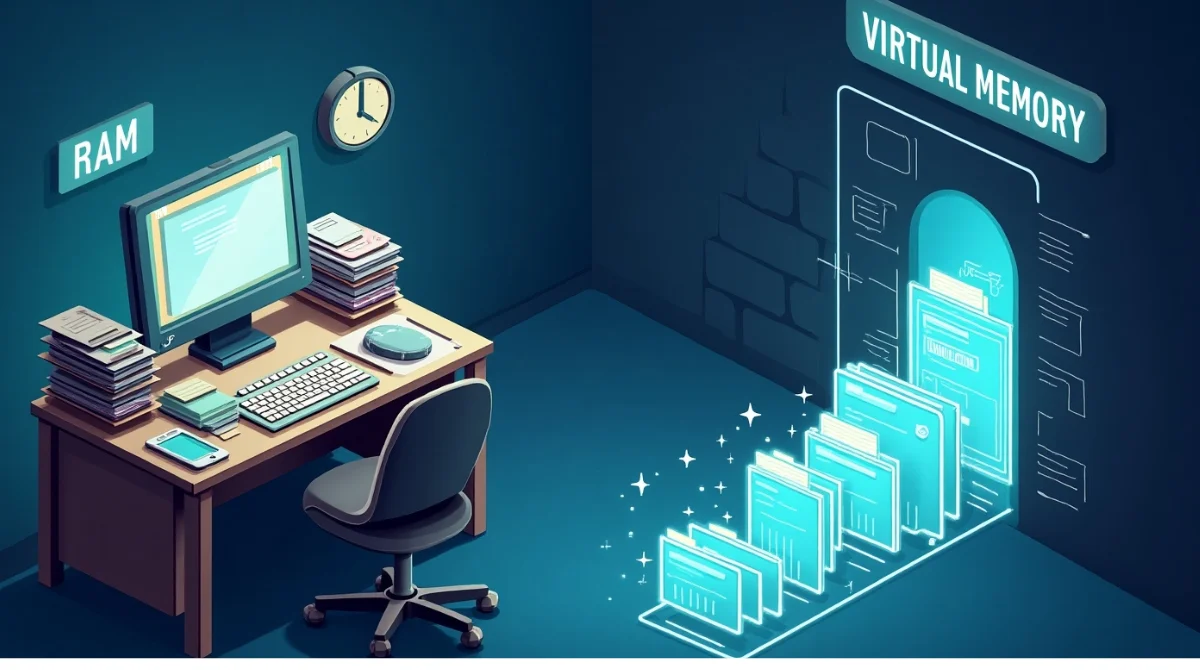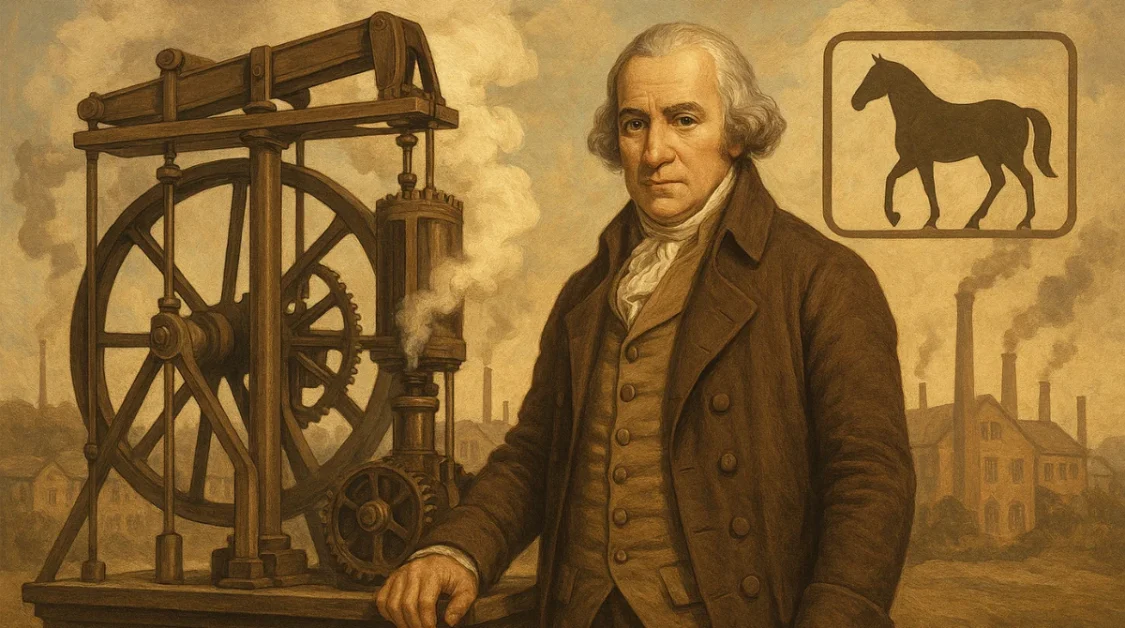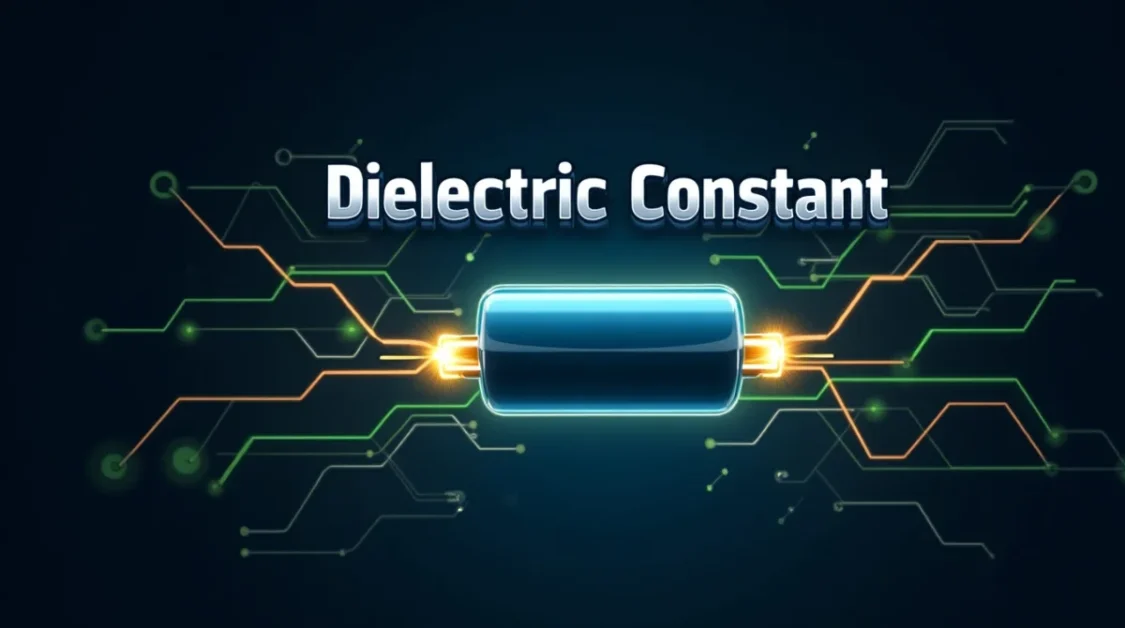In today’s digital age, our computers handle numerous tasks simultaneously, from browsing the internet to running complex applications. Behind the scenes, a crucial component called virtual memory ensures everything runs smoothly. Let’s uncover how virtual memory works and why it’s essential for smooth daily computer operations.
Historical Background of Virtual Memory
The concept of virtual memory was introduced in the 1950s to address the limitations of physical memory. As computing demands grew, it became evident that relying solely on physical RAM was insufficient. Virtual memory emerged as a solution, allowing systems to use disk storage to simulate additional RAM, thereby enabling more complex and larger applications to run efficiently. This innovation laid the foundation for modern multitasking operating systems.
What is Virtual Memory?
Imagine your computer’s RAM (Random Access Memory) as a workspace where tasks are performed. However, this workspace has limited space. When multiple applications run simultaneously or a single application requires more memory than available, the system needs a solution to manage this demand. This is where virtual memory comes into play.
Virtual memory is a technique that allows the computer to compensate for shortages of physical memory by temporarily transferring data from RAM to disk storage. This process creates an illusion for users that there’s almost unlimited RAM available, even though the physical memory is limited.
How Does Virtual Memory Work?
When an application is launched, it’s loaded into RAM. If RAM becomes full, the operating system moves some data to a space on the hard drive called the page file or swap space. This process is seamless and allows the system to handle more applications than the physical memory would typically permit.
The operating system keeps track of all this using a page table, which maps virtual addresses to physical addresses. When data is needed, the system checks the page table to find its location, whether in RAM or on the hard drive.
Key Components of Virtual Memory
When your computer uses virtual memory, it’s not just about swapping data in and out — there are some important parts behind the scenes that help make it work smoothly. Here’s a breakdown of the most important ones:
1. Page Table
Think of the page table like a map or index. When your computer runs programs, it gives them “virtual addresses” — like pretend locations. But in reality, the data lives in “physical addresses” on your RAM or hard drive.
The page table keeps track of where each piece of virtual data actually lives. So when the system wants to use a piece of data, it checks the page table to find out where it really is.
Example: Imagine ordering food online. The menu is your virtual memory (what you think you’re ordering from), but the restaurant kitchen (physical memory) actually makes and delivers it. The page table is like the delivery service — it knows where to pick up the food and where to deliver it.
2. Page Frame
A page frame is a small block or slot in physical memory (RAM) where data from virtual memory can be placed.
When your system moves data from virtual memory to physical memory (like when opening an app), it uses these page frames to hold the data temporarily. All data is divided into small equal-sized parts called pages, and each page goes into a page frame.
Think of page frames as storage boxes. Each box can hold one item (a data page). The system organizes these boxes neatly so everything fits and is easy to find.
3. Memory Management Unit (MMU)
The MMU is a piece of hardware (part of your computer’s CPU) that translates virtual addresses to physical ones using the page table.
Every time you open a program, click a button, or load a file, the MMU checks where that data is in real memory and helps the system find it fast.
You can think of the MMU as the brain behind the memory system — it does the heavy thinking and directing so that everything runs smoothly.
4. Translation Lookaside Buffer (TLB)
This one’s a small helper — a cache that stores recently used page table entries.
Instead of checking the entire page table every time (which can be slow), the TLB quickly checks if it already knows where the data is. If it does, it sends the info right away. If not, it goes to the page table to look it up.
TLB is like your browser’s autocomplete. When you type a website you’ve visited before, it remembers and fills it in quickly instead of asking you to type it all over again.
5. Swap Space (or Page File)
When your RAM gets too full, the system takes some of the data and moves it to your hard drive or SSD. This space on the disk is called swap space or the page file.
It acts like a backup memory. It’s slower than RAM but gives your system breathing room when memory is tight.
Think of swap space like using an external hard drive when your main drive is full. It’s slower, but it helps you keep going.
Summary Table
| Component | Function | Simple Analogy |
| Page Table | Tracks where data is stored | A map between your order and the restaurant |
| Page Frame | Holds small chunks of memory | Storage boxes for data |
| MMU | Converts virtual to real addresses | The brain directing memory traffic |
| TLB | Speeds up lookups | Browser autocomplete |
| Swap Space | Backup storage on disk | Extra shelf when RAM is full |
All these parts work together to create the illusion of unlimited memory and ensure your computer runs smoothly, even when you open many apps at once
Types of Virtual Memory
Virtual memory allows systems to simulate more memory than physically available, and it is managed using different techniques. Here are the key types or methods for implementing virtual memory:
1. Paging
Paging is one of the most common techniques used in virtual memory systems. In this approach, memory is divided into fixed-sized blocks called pages, and the physical memory (RAM) is divided into blocks of the same size, called page frames. The operating system keeps track of these pages in a page table, which maps virtual addresses to physical addresses.
2. Segmentation
In segmentation, memory is divided into variable-sized segments, each corresponding to a specific part of a program (such as code, data, or stack). Unlike paging, where memory is split into equal chunks, segmentation allows for more flexibility since segments can be different sizes. The operating system uses a segment table to manage these segments.
3. Paged Segmentation
Paged segmentation is a hybrid method that combines the benefits of both paging and segmentation. In this technique, the program’s memory is divided into segments (as in segmentation), and each segment is further divided into pages (as in paging). This allows for flexible segmentation while still benefiting from the simplicity of paging for memory management.
4. Demand Paging
In demand paging, pages are only loaded into memory when they are needed. This approach minimizes memory usage by loading only the parts of a program that are currently in use. When a program accesses a page that is not currently in memory, a page fault occurs, triggering the operating system to load the page from disk.
5. Pre-paging
Pre-paging is an optimization technique related to demand paging. Instead of loading a single page when it is needed, the system anticipates the need for additional pages and loads several pages at once. This reduces the frequency of page faults and can improve performance in certain applications.
6. Swapping
Swapping is the process of moving entire processes between physical memory (RAM) and disk storage. If there isn’t enough RAM to handle all running processes, the operating system will “swap” inactive processes to a special area of the disk, known as swap space, freeing up memory for active processes. When the swapped-out process is needed again, it is swapped back into RAM.
7. Virtual Memory with Unified Memory Architecture (UMA)
Unified Memory Architecture (UMA) is a memory management technique used in some modern systems (especially in GPUs and integrated systems) where the CPU and GPU share the same physical memory space. This allows for more efficient memory usage and eliminates the need for explicit memory management between different components.
Physical Memory vs Virtual Memory

1. Physical Memory
Physical memory refers to the actual hardware-based memory in a computer, typically represented by RAM (Random Access Memory). It’s the memory that physically resides in the computer and is directly accessible by the CPU. Physical memory is limited in size and can only hold a finite amount of data or instructions at any given time. The amount of physical memory installed in a system determines how many programs and processes can run concurrently without slowing down.
- Characteristics: Limited in size, faster access, directly accessible by the CPU.
- Role: Stores active programs and data for immediate access by the CPU.
2. Virtual Memory
Virtual memory, on the other hand, is a software-based simulation of additional memory created by the operating system. It allows the system to use more memory than what is physically available by utilizing hard disk space or SSDs. Virtual memory enables programs to run as if they have access to a larger pool of memory, even when physical RAM is full. This is accomplished through techniques like paging and segmentation, which manage the mapping between virtual addresses and physical memory.
- Characteristics: Larger than physical memory, slower access, managed by the operating system.
- Role: Provides the illusion of more memory by using storage space, allowing for efficient multitasking.
Benefits of Virtual Memory
1. Multitasking Made Easy
Virtual memory allows your computer to run multiple applications at once, even if the total memory required exceeds the physical RAM available. This enables smoother multitasking and improves user experience.
2. Runs Bigger Applications
Virtual memory helps run large applications that require more memory than what’s available in the physical RAM. By using the hard drive or SSD as additional memory, it enables your system to handle complex programs without crashing.
3. Better System Stability
Virtual memory ensures that each application operates in its own separate memory space, preventing one program from crashing or interfering with others. This contributes to the overall stability of the system.
4. Efficient Use of Physical RAM
Virtual memory optimizes the usage of physical RAM by prioritizing active data and moving less frequently used data to the hard drive. This ensures that RAM is used efficiently, allowing the system to perform better.
5. Cost Savings
By using virtual memory, systems can operate with less physical RAM, as the hard drive or SSD provides additional space for memory storage. This reduces the need for expensive upgrades to physical memory.
6. Automatic Memory Management
Most operating systems handle virtual memory automatically, deciding which data should stay in RAM and which should be moved to the hard drive. This simplifies memory management for the user and ensures efficient operation.
Challenges and Considerations of Virtual Memory
1. Performance Overhead
Virtual memory relies on transferring data between RAM and disk storage, which can be much slower. When the system frequently needs to swap data in and out of the hard drive (known as paging), it can cause performance slowdowns, especially when the system is under heavy load.
2. Thrashing
When a system’s memory is overburdened, it can become stuck in a state called thrashing. This occurs when the operating system spends more time swapping data between RAM and the hard drive than executing the actual tasks, which can severely slow down the system.
3. Storage Space Consumption
The use of virtual memory requires disk space for the page file or swap space. On systems with limited storage capacity, this can quickly consume valuable disk space, reducing the overall storage available for other data.
4. Disk Access Speed
Although SSDs are faster than traditional hard drives, they are still slower than RAM. The slower speed of disk access can become a bottleneck when virtual memory is frequently used, leading to longer wait times and decreased system responsiveness.
4. Complex Memory Management
The operating system needs to manage virtual memory effectively by deciding which data to keep in RAM and which to swap to disk. Improper memory management, such as inefficient algorithms or poor page replacement strategies, can negatively affect system performance.
6. Compatibility Issues
Some older applications or systems may not be optimized to work efficiently with virtual memory. This can lead to compatibility issues or suboptimal performance, especially if the software was designed before the widespread use of virtual memory.
7. Security Risks
In some cases, virtual memory can pose security risks. If sensitive data is swapped to disk, it may be vulnerable to unauthorized access, especially if the swap space is not properly encrypted. Proper security measures must be in place to safeguard against these risks.
Managing Virtual Memory
Operating systems provide options to manage virtual memory settings:
- Automatic Management: Most systems automatically adjust virtual memory settings based on usage patterns.
- Manual Configuration: Advanced users can manually set the size of the page file, often setting it to 1.5 to 3 times the size of the physical RAM.
- Placement: Storing the page file on a faster drive, like an SSD, can improve performance.
Virtual Memory in Modern Operating Systems
Modern operating systems like Windows, macOS, and Linux utilize virtual memory to enhance performance and stability. They manage memory through techniques such as paging and segmentation, ensuring that each process operates in its own isolated memory space. This isolation prevents processes from interfering with each other, enhancing security and reliability.
Virtual Memory in Embedded Systems
Embedded systems, such as those in smartphones and IoT devices, often have limited physical memory. Implementing virtual memory in these systems allows for more efficient memory utilization and the ability to run more complex applications. However, due to constraints like limited storage and processing power, the implementation of virtual memory in embedded systems must be carefully optimized to balance performance and resource usage.
Future Trends in Virtual Memory
As technology advances, virtual memory continues to evolve. Emerging trends include the integration of faster storage solutions like NVMe SSDs to reduce latency in memory swapping. Additionally, research into more intelligent memory management algorithms aims to predict application memory needs more accurately, further optimizing performance. The development of unified memory architectures is also on the horizon, aiming to create seamless memory experiences across different types of devices and platforms.
Conclusion
Virtual memory is crucial for running large applications smoothly by extending physical RAM using disk space. It enables efficient multitasking through techniques like paging and segmentation. Despite some performance trade-offs, it enhances system stability and ensures optimal memory use, making it essential for today’s high-demand computing environments.
Related Topic: Data Storage Units Explained Simply



